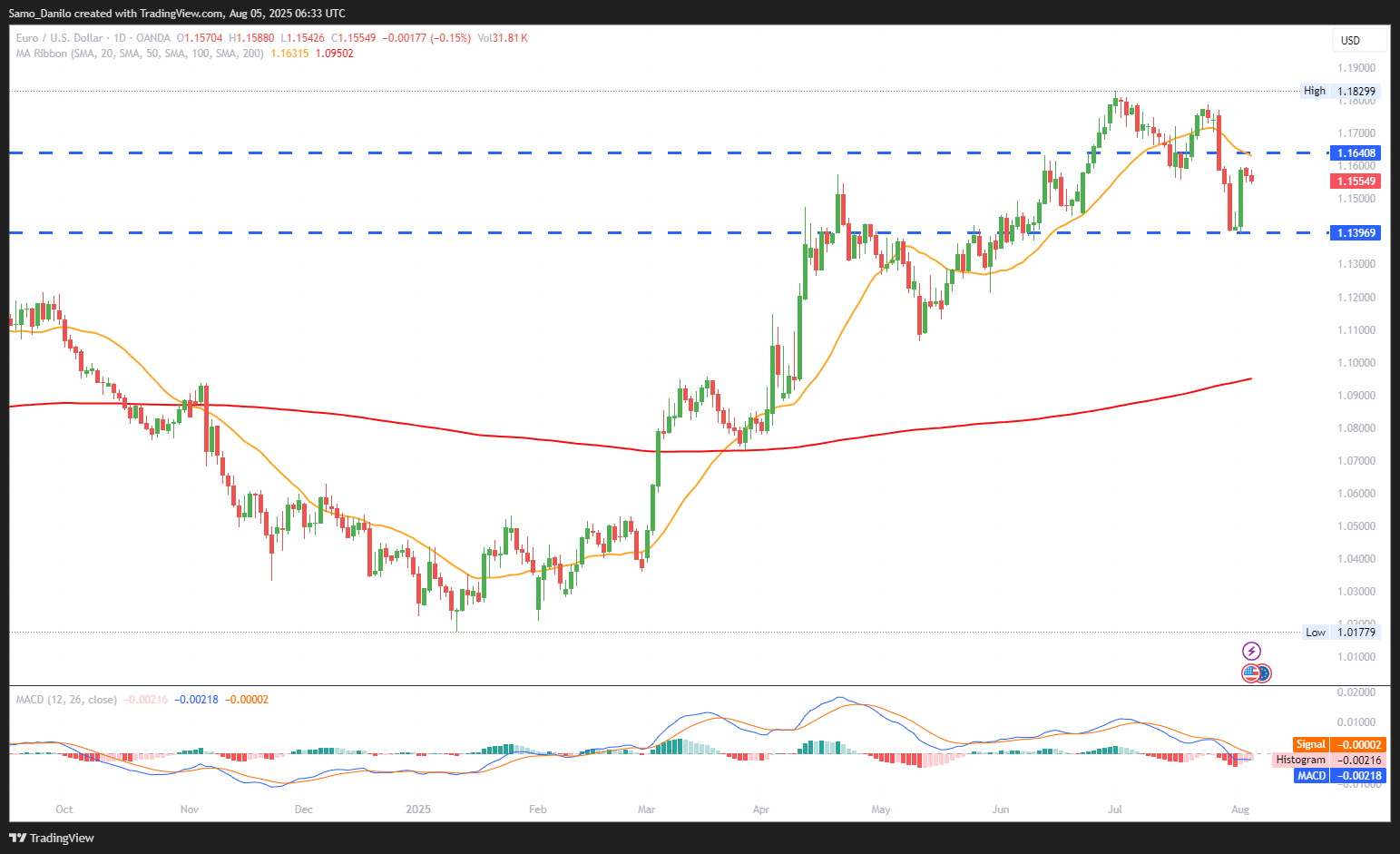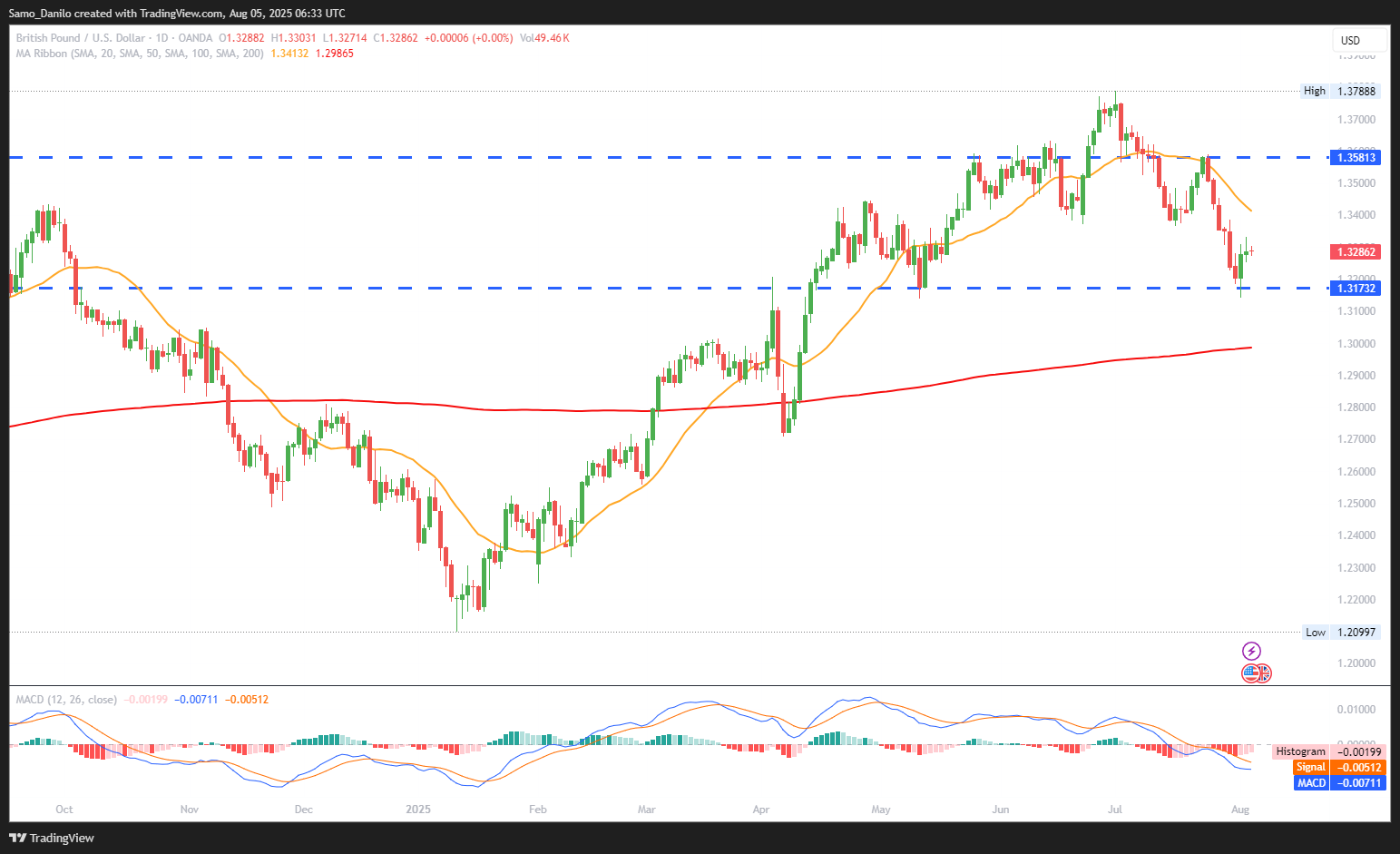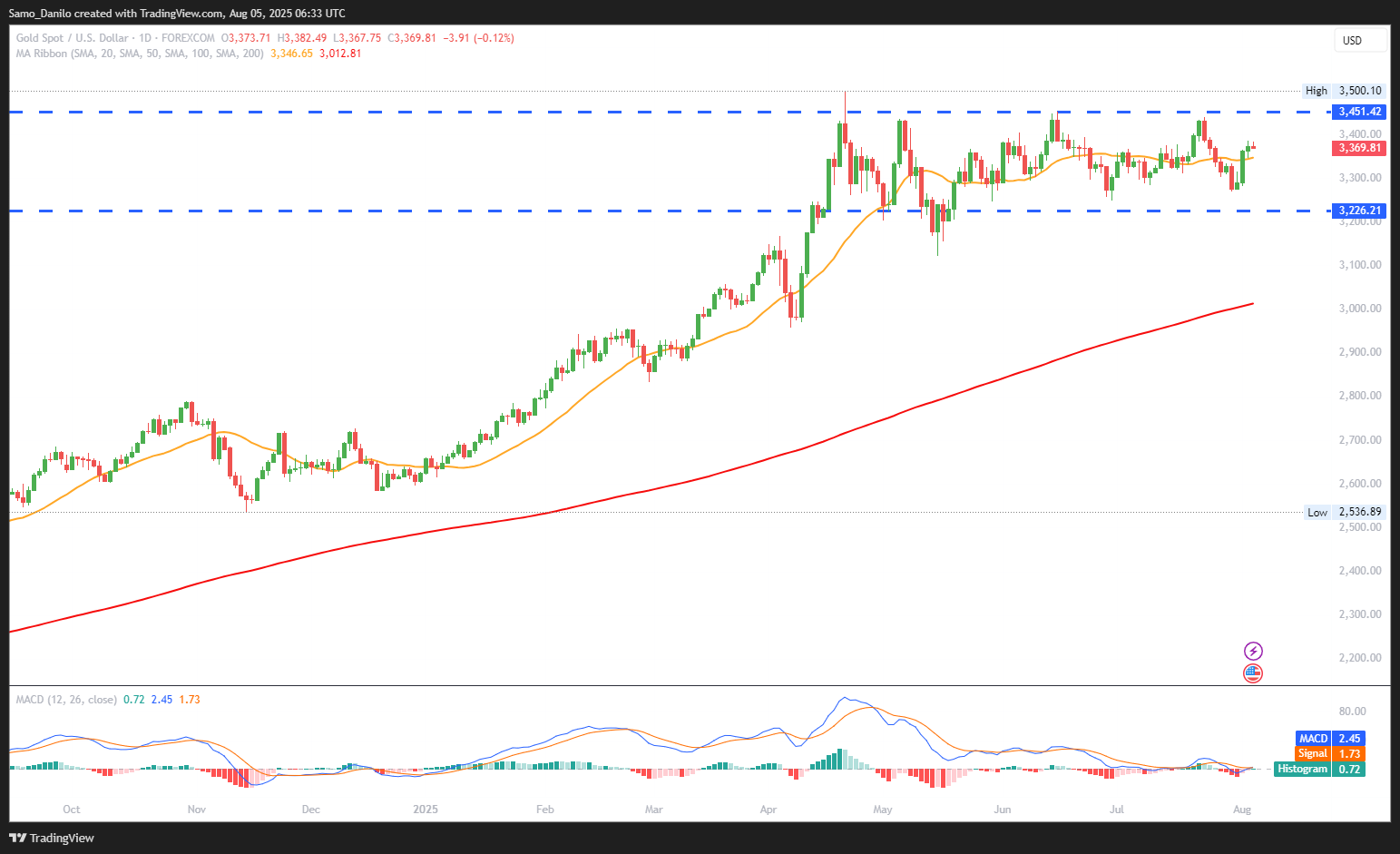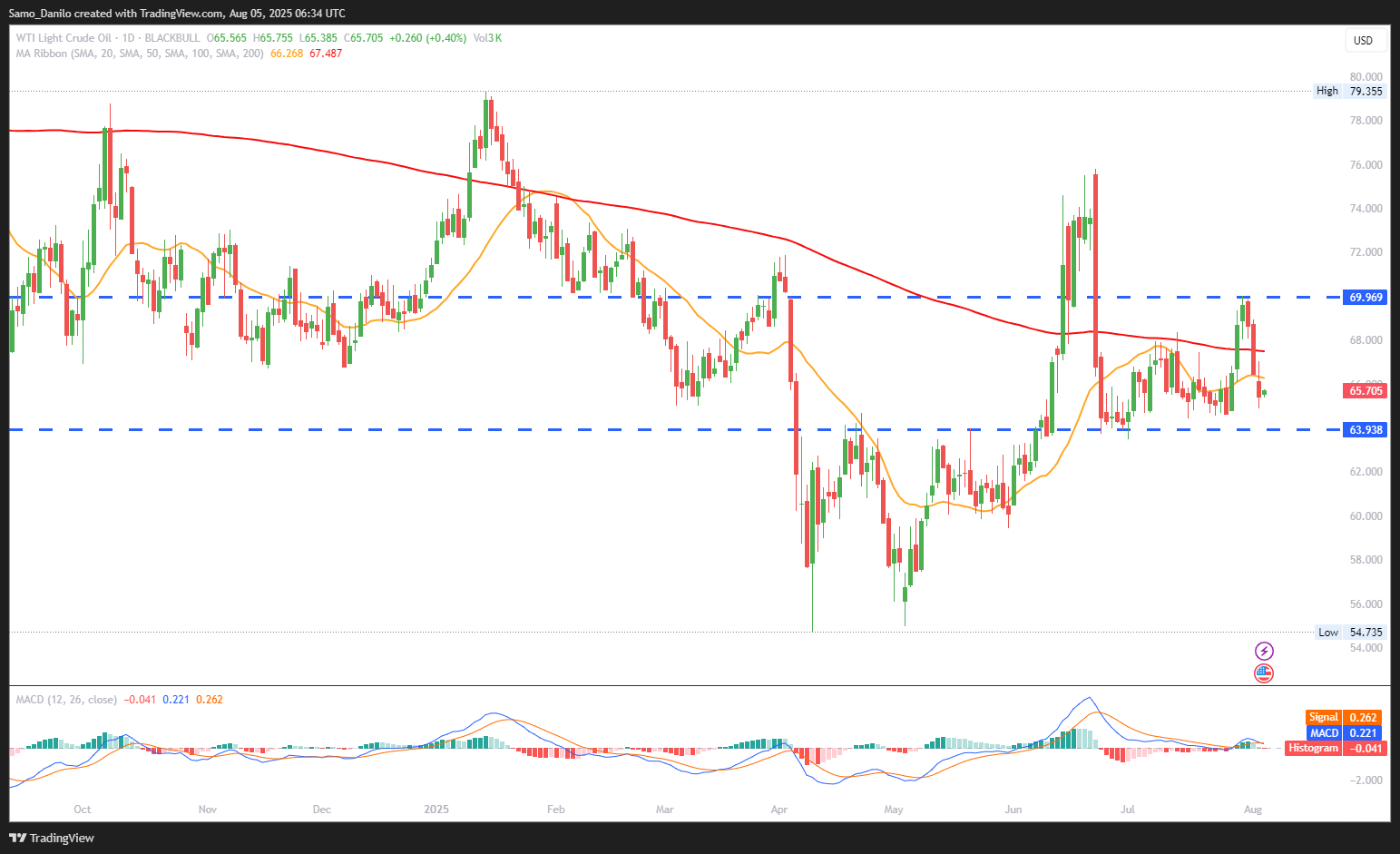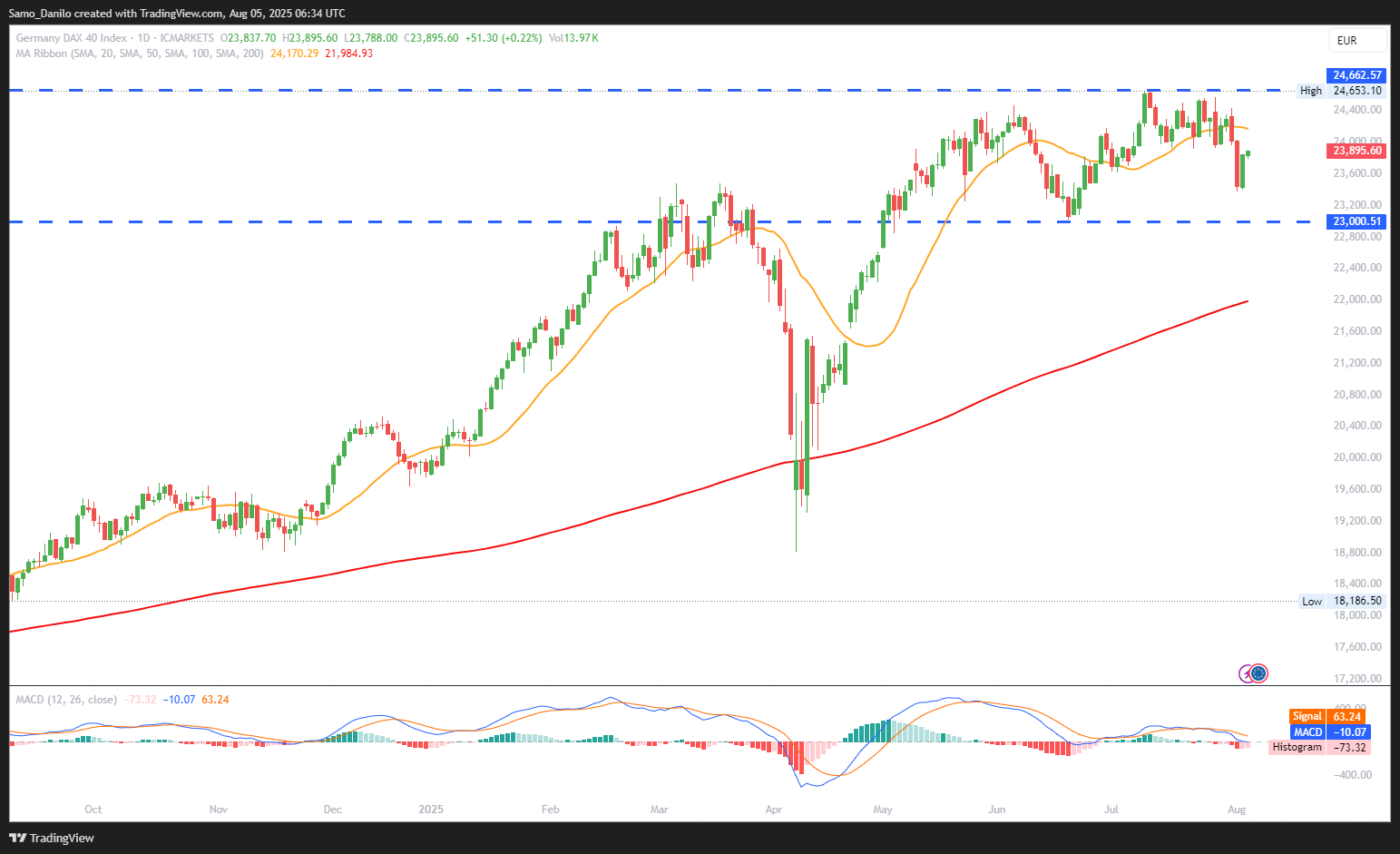EURUSD
- EUR/USD Price: The EUR/USD pair failed to breach the key 1.1600 resistance on Monday and is now trading modestly lower around 1.1550. The move reflects lingering investor caution over both macroeconomic conditions and geopolitical developments.
- EU–US Trade: Markets remain wary of the recently announced trade framework between the US and EU, which several European leaders have criticized as overly beneficial to Washington. Concerns are mounting over the Eurozone’s long-term competitiveness, with policymakers suggesting the deal was hastily agreed and imbalanced.
- Investor Confidence: The Sentix Investor Confidence Index for August recorded a notable decline, underscoring market skepticism around the trade pact. The report labeled the deal a “mood dampener,” portraying Trump and the US as clear beneficiaries, while the Eurozone is seen as structurally disadvantaged.
- Retaliatory Measures: The European Commission confirmed a six-month suspension of planned countermeasures against US tariffs, pending finalization of a formal Joint Statement. This indicates the deal remains tentative, with uncertainty hanging over its implementation.
- US Factory Orders: On the US side, economic sentiment also took a hit. Factory Orders fell 4.8% MoM in June, following May’s sharp upward revision to +8.3%. Despite beating expectations of a deeper decline, the weak print—combined with disappointing labor market data—added to concerns about US economic momentum.
Closing statement: EUR/USD remains pressured near 1.1550, with both sides of the Atlantic grappling with fragile confidence and unresolved trade uncertainty. The pair may remain range-bound in the near term unless clarity emerges on the EU–US trade framework or economic indicators shift decisively.
GBPUSD
- GBP/USD Price: The GBP/USD pair is trading flat around 1.3275 in the European session on Tuesday. The market appears to be in wait-and-see mode ahead of major central bank updates and further labor market data.
- BoE Rate Cut: Markets have now priced in over an 80% probability of a Bank of England rate cut at its August meeting, with a second cut likely by year-end. The focus will be on the BoE’s forward guidance as it navigates persistent inflation and rising business costs.
- UK Labor Market: Investors are closely monitoring how the UK labor market responds to new employer social security contributions, which are squeezing hiring capacity. Despite this, inflation remains elevated, complicating the central bank’s policy path.
- US Jobs Data: Last Friday’s Nonfarm Payrolls (NFP) report came in weaker than expected, and previous months’ figures were revised downward by a sharp 258K, signaling a deterioration in the US labor market. This contributed to renewed dovish speculation on the Fed.
- GS Outlook: Goldman Sachs has updated its outlook to expect a Fed rate cut in September, potentially up to 50 basis points if employment data continues to weaken. This adds pressure on the US Dollar, potentially lending support to GBP in the near term.
Closing statement: GBP/USD remains stable for now, but directional bias could emerge soon depending on the BoE’s guidance this week and further clarity on US labor conditions. Markets are positioned for dovish turns on both sides of the Atlantic.
XAUUSD
- XAU/USD Price: Gold prices rose for the third consecutive session on Monday, approaching the key $3,400 level. As of the latest trading, XAU/USD is hovering around $3,370, supported by broad investor caution and political headlines.
- Political Turmoil: Investor sentiment turned cautious after President Trump fired BLS Commissioner Erika McEntarfer, accusing her of manipulating jobs data—a claim made without evidence. The move has stoked fears of increasing political interference in economic institutions.
- Fed Independence: The resignation of Fed Governor Adriana Kugler, announced late Friday and effective August 8, further inflamed concerns over the Fed’s independence. Trump now has an opportunity to reshape the Fed’s policy stance, reinforcing his push for aggressive rate cuts.
- China Services PMI: China’s S&P Services PMI rose to 52.6 in July, beating expectations of 50.2. The pickup in domestic and export demand, especially in tourism, offered some global macro support and helped stabilize risk sentiment in Asia.
- Rate Cut Bets: Following Friday’s weaker-than-expected US NFP report, market pricing has shifted dramatically. Futures now imply a 77% probability of a 25bps Fed rate cut in September, enhancing Gold’s appeal as a hedge against policy uncertainty and USD weakness.
Closing statement: Gold remains well-bid amid rising political and monetary policy risks. Unless upcoming data surprises to the upside, the metal could test $3,400 resistance, especially if Fed credibility and independence continue to be questioned.
CRUDE OIL
- Crude Oil Price: West Texas Intermediate (WTI) crude oil recovers early Monday, trading near $65.60 per barrel. The rebound comes after a two-day decline, supported by fresh geopolitical risks and tightening supply outlooks.
- US-Russia Tensions: Rising geopolitical friction between Washington and Moscow is injecting volatility into global energy markets. President Trump has issued a Friday ceasefire deadline for Russia amid the Ukraine conflict, with potential steep sanctions looming. Meanwhile, the deployment of US nuclear submarines near Russia is escalating the standoff.
- US-India: The Trump administration is warning India of penalties for buying Russian crude, jeopardizing up to 1.7 million barrels per day of global supply. If Indian refiners pull out and alternative buyers don’t emerge, the resulting shortfall could eliminate the expected oil surplus for Q4 2025 and into 2026.
- Russian Crude: While less attention is on Russian oil flows to China, analysts warn that if the US succeeds in curbing those exports too, it would result in a significantly tighter oil market. This scenario could pressure OPEC+ to use more of its spare capacity to stabilize supply.
- US Rig Count: Despite stable prices, US drilling activity continues to fall, with the oil rig count declining by five to 410 last week. This marks 14 consecutive weeks of declines, reducing capacity and pointing to potential output constraints in the months ahead.
Closing statement: Crude oil prices are stabilizing but remain highly sensitive to escalating geopolitical risks and supply-side pressures. If tensions with Russia and penalties on India and China materialize, WTI could break higher, especially given the persistent decline in US rig activity and OPEC+’s constrained buffer.
DAX
- DAX Price: The German DAX rebounded 1.4% on Monday, recovering from its sharpest single-day decline in weeks. The index continues higher this morning, supported by a global relief rally in equities and easing tariff concerns.
- Retaliatory Tariffs: The European Commission confirmed a six-month suspension of two planned counter-tariff packages against the US, following the provisional trade deal reached with President Trump on July 27. This step reduced investor anxiety around an escalating transatlantic trade conflict.
- Energy Geopolitics: Geopolitical tensions remain high as Trump threatens 100% secondary sanctions on buyers of Russian crude, with the August 8 deadline looming. Reuters reports that Russian oil vessels bound for India have already rerouted, signaling potential supply disruption that may spill into broader equity sentiment via energy and transportation costs.
- Earnings Season: Investors are now shifting focus to key German corporate earnings, especially after STMicro’s disappointing results rattled tech sentiment. Eyes are on Infineon’s quarterly update, along with Continental’s last report before its structural split. Additionally, DHL’s earnings will serve as a barometer of how trade policy volatility is impacting global logistics.
- Economic Data: Traders are also watching a busy economic calendar, including the Eurozone’s PMI data, producer price index (PPI), and UK’s Services PMI. These releases could shape near-term policy expectations and investor sentiment toward European economic resilience.
Closing statement: The DAX's rebound reflects easing tariff fears and strong risk appetite, but looming geopolitical flashpoints and key earnings announcements may introduce fresh volatility. Short-term sentiment hinges on whether corporate results and macro indicators can offset trade and energy-related headwinds.
